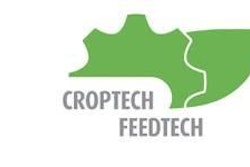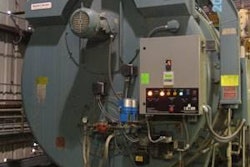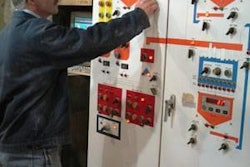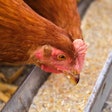Ascites remain a worldwide problem, albeit with no clear solution. Nevertheless, there are some feeding and nutrition intervention measures that are known to reduce the incidence of ascites in broilers. Although not all such measures work with the same efficacy at the same time and at each farm, a combination of several actions can help alleviate this problem, depending on the frequency and severity with which it appears.
Preventive measures to control the incidence or appearance of ascites in broilers usually focus around limiting the plane of nutrition, in relation to growth rate, and enhancing overall health status. The following list includes most known such measures gathered from worldwide, mostly empirical, experiences.
1. Reduced feed intake
This is the most effective known measure and it works best when implemented during the first two weeks post-hatch. The exact start time and duration differ according to experts, but most would agree for a seven-day duration period, starting the second week of life.
2. Early switch to grower-finisher diets
This has to do, again, with reducing the plane of nutrition by offering less dense diets during early age. The same can be achieved by reducing overall nutrient specifications for all diets, but this method requires less feed management logistics.
3. Skip-a-day feed regime
A very drastic measure that is also recommended for implementation during early life. Most suitable for severe cases of ascites. It is possible that compensatory growth later in life will make up for any lost performance, but this depends on the severity of the feed intake reduction.
4. Meal versus pellet diets
Meal diets, especially with a slightly higher fiber content, can be used to reduce feed intake indirectly, without limiting feed intake through management.
5. Vitamin C and E
Vitamin C has been shown to reduce ascites, but the role of vitamin E remains unclear. In general, however, improving the overall antioxidant status of the bird has been shown to reduce ascites, especially when birds are fed high-fat diets.
6. Sodium bicarbonate
Adding one percent sodium bicarbonate in broiler feed can reduce the incidence of ascites, but adding the same compound in drinking water has been shown to aggravate the problem of ascites. Increasing only diet alkalinity is, thus, recommended.
7. Coccidiostats
Using coccidiostats in feed has been shown to reduce the problems of ascites by half, especially when different coccidiostats are rotated within the same flock.
8. Acetylsalicylic acid
Adding this widely available medication in drinking water has been shown, in some cases, to be of general help against ascites.
9. Feed protein
Feeding diets with less protein (up to four percent less) can reduce the oxygen demand for the catabolism of excess protein, and this is important because ascites are generally associated with oxygen insufficiency.
10. Arginine
Increasing dietary arginine is assumed to be of potential benefit in the case of ascites as this amino acid increases oxygen supply to tissues due to its vasodilating effects. Synthetic arginine, however, is very expensive at the moment.

















